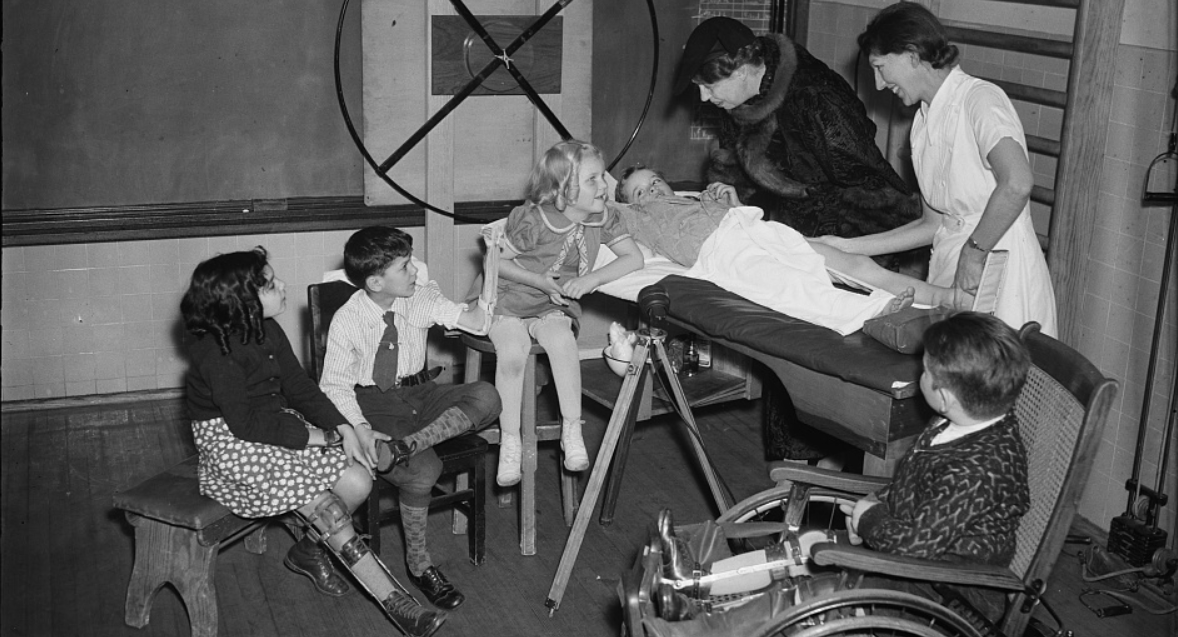
Grades K-3 Unit Overview: Disability and Community Leadership
The Unit Overview features a grid of Universal Design for Learning (UDL) strategies and tools employed, standards, and a list of almost 20 primary sources used in the unit with thumbnails for each. (Lists of primary sources in lesson plans include hyperlinks to sources as readable text. Lesson plans detail the UDL strategies and tools that they use.) The Unit Overview also lists all secondary sources and background materials for teachers used in the unit. Link to the Grades K-3 Unit Overview.
All three lessons can be taught in one grade or introduced over multiple grades.
Grades K-3 - Lesson 1: How Can We Include Everyone?
Students explore primary sources and their own experiences to become familiar with ideas about disability and ways that they, their community, and their school can support access for everyone. Lesson 1 slides introduce a call to use words about disability with respect. The slides also include a definition of disability and feature pictures from the Library of Congress that show tools for access.
Grades K-1 - Lesson 2: What Makes a Good Leader?
Students identify and agree to ways to make decision-making inclusive. Students discuss characteristics of good leaders using illustrated stories of disability advocates. Lesson 2 features four stories of disability activists: Judy Heumann, Roland Johnson, Roger O'Kelly, and George Veditz. The stories are presented at three reading levels, two as handouts, and one in the Lesson 2 slides.
Grades 2-3 - Lesson 3: Advocate for Access and for Rights
Students explore a case study of disability advocacy, the campaign for the City of Kalamazoo, Michigan to install the first curb cuts, to dig deeper into how civic leaders strengthen their communities. Lesson 3 slides present the story of that 1945 campaign. The slides also provide examples of historical markers to support the final assessment assignment in which students design a marker for the curb cut campaign.
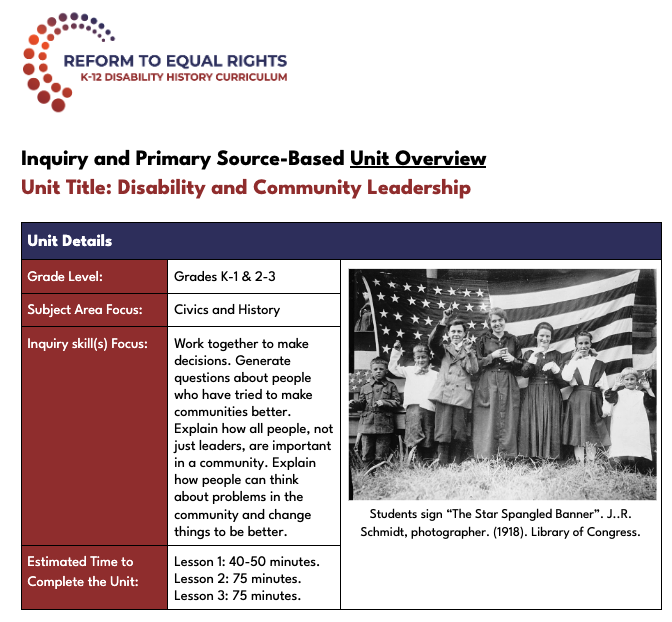
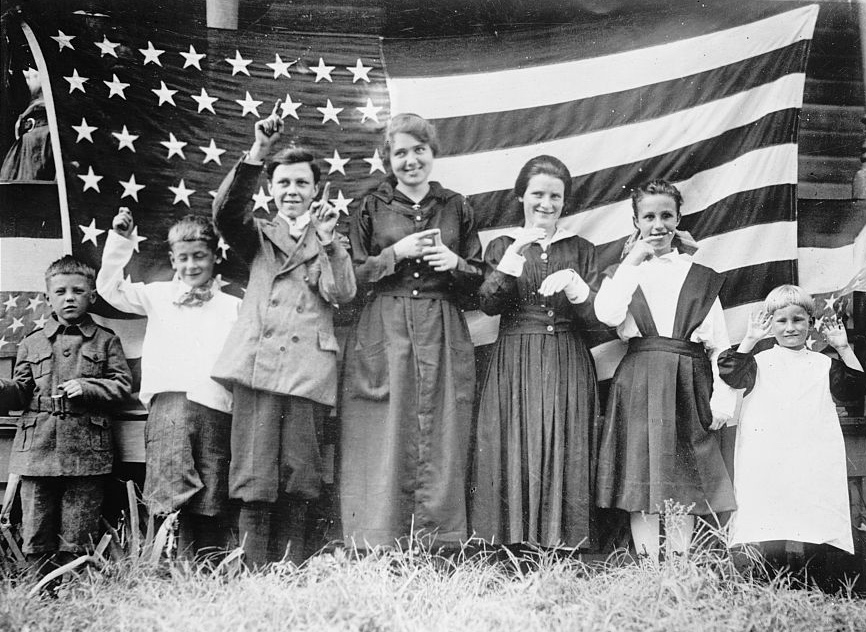
Link to a google doc of the introductory lesson 1 for grades K-3.
Includes slides.
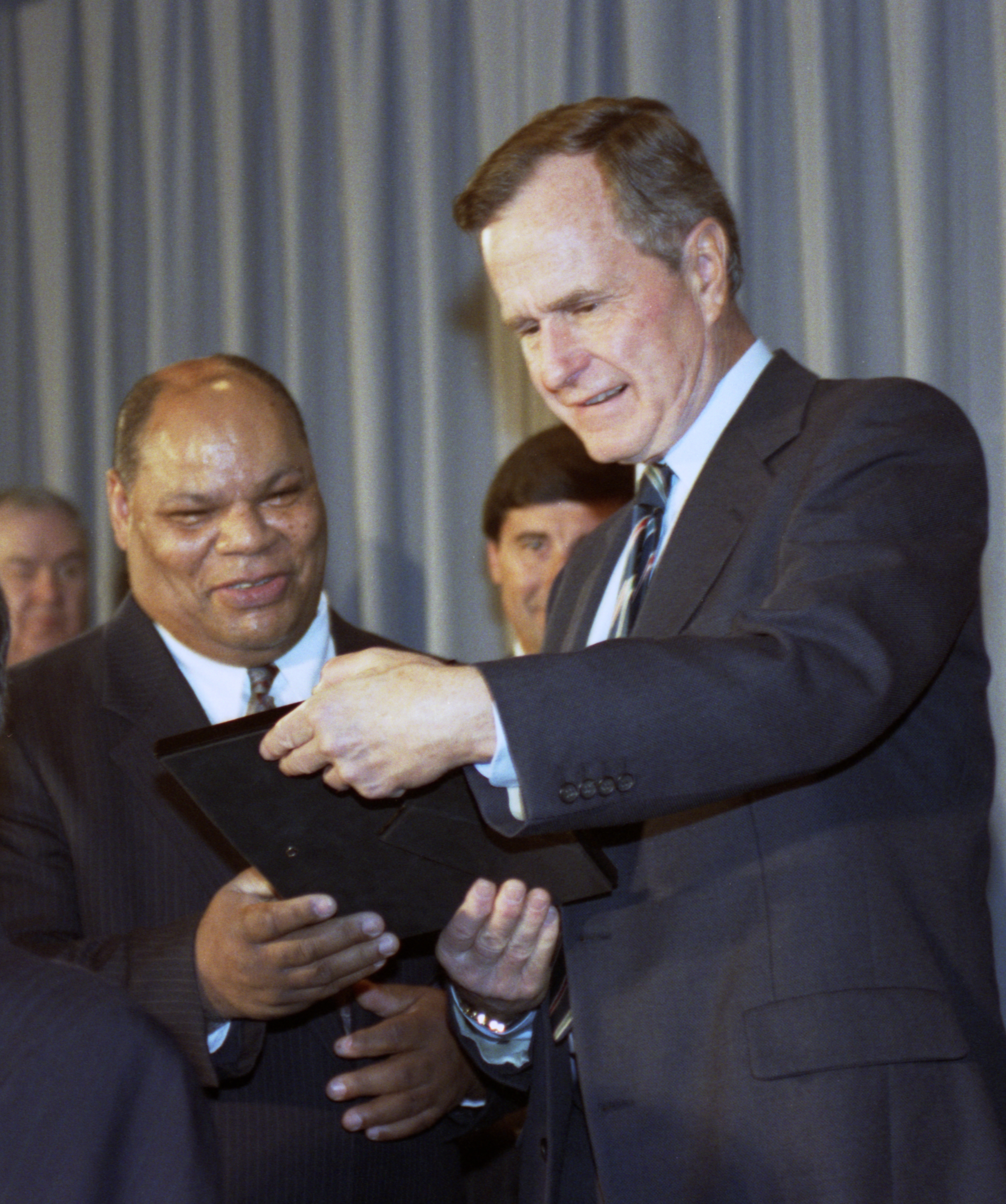
Link to a google doc of lesson 2 for grades K-1.
Includes slides.
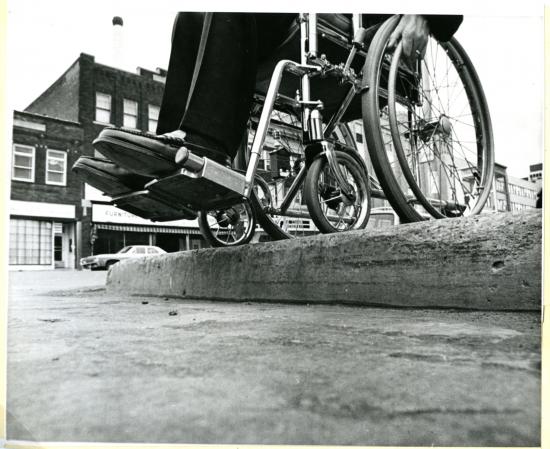
Link to a google doc of lesson 3 for grades 2-3.
Includes slides.


